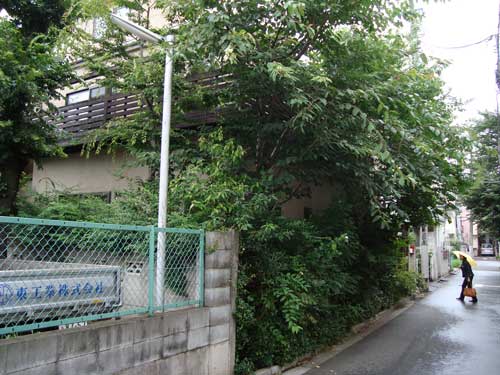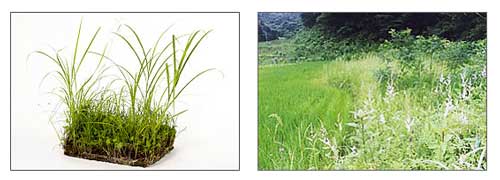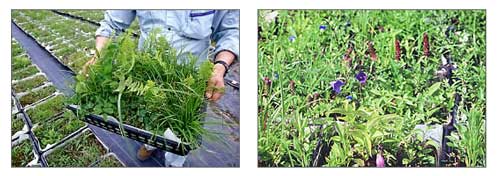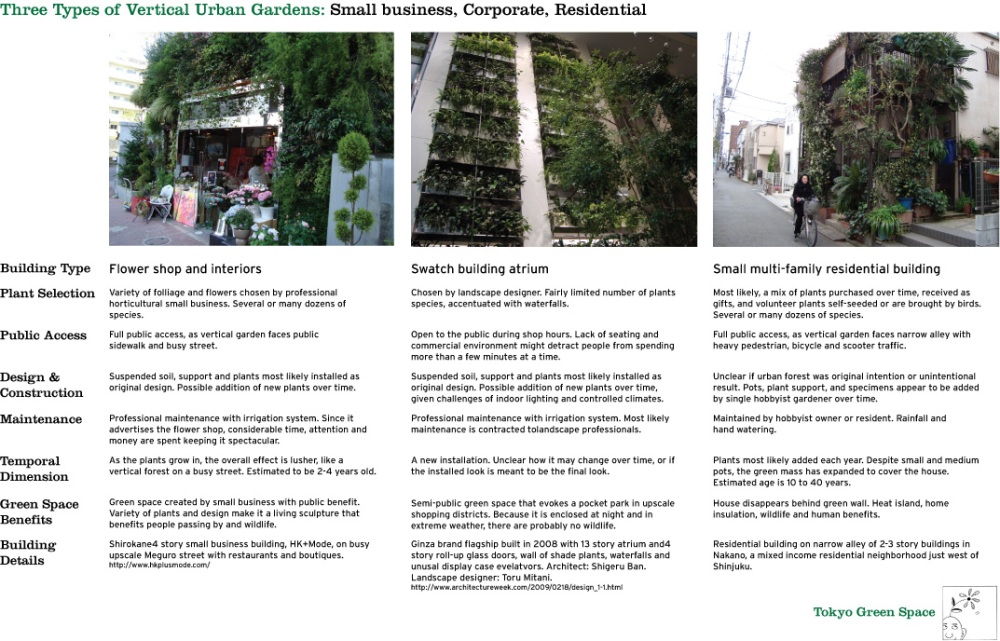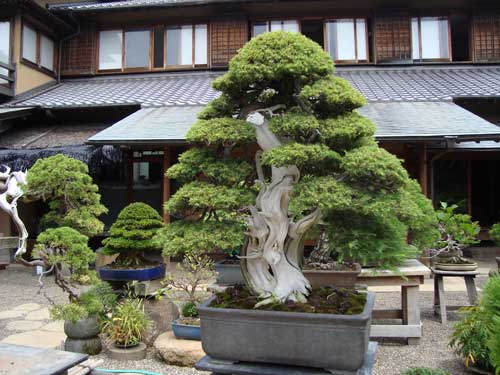
Last weekend I had the great fortune to go with Professor Hattori of Nodia’s Garden Lab and about twelve students to visit Kobayashi Kunio sensei’s Bonsai Museum in Edogawa-ku. Kobayashi-sensei has won numerous Japanese and international awards for his mastery of Japanese bonsai. By chance I had met him, his foreign apprentice Valentin, and other students a few weeks ago at the Iriya Asa Gao (morning glory) festival.
The Bonsai Museum, open six days a week in Shitamachi, far exceeded my imagination. Our large group was met at the gate by one of the Japanese apprentices. Initially we were left to admire the astounding bonsais set on simple wood stands in the courtyard. I noticed Valentin and another apprentice lifting and carry several plants, and later realized that they placing the trees in the very traditionally designed rooms of the ten year old Museum.
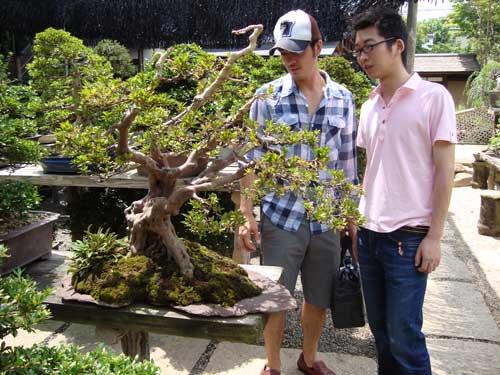
On first view, the dozens of trees are overwhelming: each a miniature world combining meticulously crafted tree, moss, in ceramics or on stone bases. Some of the trees are 600 and even 1,000 years old, and all display a refined beauty that is a mix of taking natural elements to extreme conditions. In a photo book describing his career, Kobayashi sensei says that early on he often tried too hard and in retrospect apologizes to those trees that he killed.
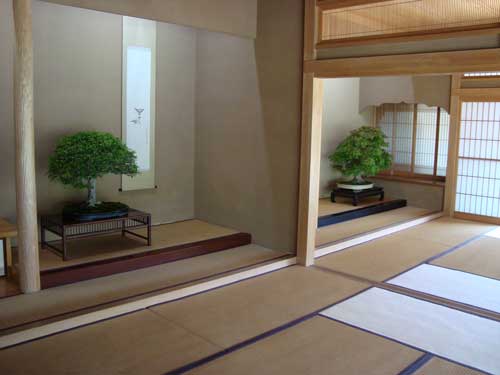
The Museum structure is a series of five interconnected formal tatami rooms, including one set up for tea ceremony with a small door entrance and area for coals and a kettle. Each room has one bonsai tree arranged with a scroll, small figurine, and short table in the ceremonial, slightly elevated section. Kobayashi-sensei worked closely with architects and designers to create an ideal environment for the contemplation of his master works. It is hard to believe the building is only 10 years old; it was so well designed that on a hot summer day, you could feel cool breezes.
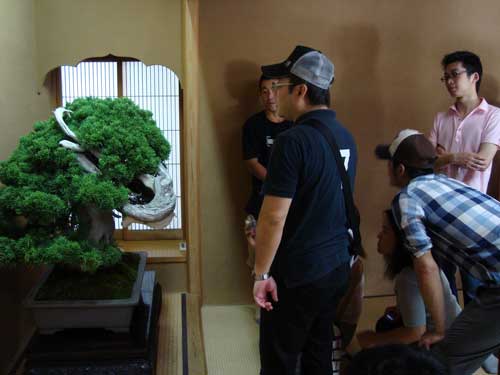
More photos of Bonsai Museum, a master lesson from Kobayashi sensei, and lunch in Shibamata after the jump.
Continue reading →








